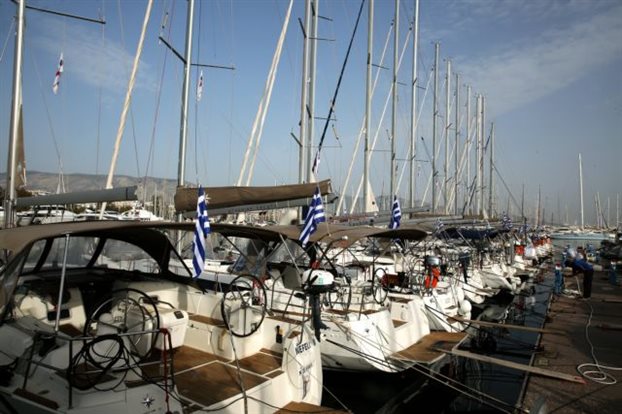
Up to 8,442 permanent jobs and 602.8 million euros per year will be contributed by the country’s tourist ports, according to the best-case scenario, as part of a new strategic management plan and improvement of the structure, management, and operation of the country’s tourist ports. .
The above conclusions are included in the new research prepared by diANEOsis in collaboration with the General Secretariat for Tourism Policy & Development of the Ministry of Tourism, which will be published in the fall of 2021, with the contribution of George K. Vangelas, Associate Professor of Business Administration and Shipping Management and Transport of the Department of Shipping and Business Services at the University of the Aegean and Thanos A. Pallis, Professor of Port Management and Shipping of the Department of Port and Shipping Management at the National and Kapodistrian University of Athens.
Greece is a very popular destination
In their article, in which they announce the research, the two professors point out, among other things, that maritime tourism is an economic activity with a significant contribution to employment and the national economy.
Greece is a very popular destination. With a coastline of 13,700 km and remarkable tourist potential, a significant fleet of yachts – including a significant number of mega-yachts (boats longer than 24 meters) -, short distances between destinations, rich cultural and historical potential and a natural environment of intrinsic beauty, the country potentially combines what the owner / user of professional yachts seeks.
Actions in 4 pillars
The new study by diANEOsis, which will be published in the near future, aims to submit a new strategic plan aimed at developing the network of tourist port infrastructure and services for the benefit of the national economy.
Through the formulation of this new strategic plan, a series of actions in 4 pillars of reform are proposed, which are estimated to contribute to the more efficient organization and management of marinas, but also to increase revenues and jobs in the industry.
How these ports operate today
The research, among other things, highlights a real problem in creating an attractive network in the country: most of the facilities have been demarcated but have not yet progressed to the construction stage. In addition, a number of tourist ports have been built but are not operational. Only 37 of the 168 specified tourist ports are in operation, that is 22%. Of the 27,512 yacht berths, only 30.9% are available today, or a total of 8,499 berths.
The type of tourist ports in operation is an indication of investment priorities. Of the total of 62 located marinas that have been built, 23 are operating, a percentage of 37.1%. Out of the 12 located private tourist port facilities, nine (9) operate, a percentage of 75%. Out of the 72 located shelters, only five (5) operate, a percentage of 6.9%. Of the 22 located moorings, none is operational to date (0%).
In terms of management and operation of tourist port facilities, the vast majority of located berths are almost evenly distributed between private management and operation, which are responsible for 44.5% of the tourist ports in tGreece, and Municipal and Inter-Municipal Port Funds (45.8% of the tourist ports of the territory). 5.7% of the total number of tourist port facilities are managed by Port Organizations SA. and 3.1% of the institutions operate as Port Funds.
Analyzing the governance framework of tourist ports, the study highlights (a) the plethora of management and operation of tourist port facilities, (b) the presence in the ownership of tourist ports of a significant number of state authorities and (c) the indirect or direct supervision of tourist ports, or part of their activities, by more than one ministry, resulting in complex and time-consuming bureaucratic procedures, which create difficulties in both the smooth development and the efficient operation of the system.
Holistic strategic approach
Aiming to increase the competitiveness of tourist ports, as well as to enhance their attractiveness for private investment, the study favors the formation of a holistic strategic approach.
The proposed strategic management plan provides the basis for a national strategic plan for tourist ports. This project should inspire to motivate the whole industry in initiatives that serve it. It is also important to connect with a specific vision – and to send a message – about the characteristics of the tourist port infrastructure that we as a country want to achieve. The proposed strategic management plan consists of four (4) pillars, with each pillar including specific, targeted, actions.
The pillars are related to infrastructure and network configuration, investment, administration and digitization. Each of the proposed strategies specializes in policy measures.
In the context of the proposed policies, two initiatives are considered the most important:
1. The evaluation of the network of already set out tourist port facilities. The evaluation policy can lead to the formation of a network of tourist ports that will be accessible, free from cases of ports that stagnate creating obstacles to the design and implementation of a competitive network. By selecting the appropriate cases of tourist ports that can be completed in construction, the evaluation of the already located tourist port facilities, with the formulation of final proposals, can directly contribute to the finalization of a network with more adequate spatial coverage and density.
2. The reform of the tender process for the concession of tourist ports, as today there is a heterogeneity of tender procedures resulting in a negative impact on the intentions of potential investors and, consequently, hindering healthy competition in the industry. To this end, the adoption of a specific policy is proposed, using and utilizing positive practices from abroad (Italy), to formulate a single concessions process with specific objectives.
The evaluation of the network of tourist ports of the country is connected with the Special Framework for Spatial Planning and Sustainable Development for Tourism, but also with the Regional Frameworks for Spatial Planning. The Special Framework for Spatial Planning and Sustainable Development for Tourism has been canceled by the Council of State. As a result, the location of tourist facilities in Greece is linked to the current Regional Spatial Planning Plans, which has recently been formed.
As can be seen in the presentation-overview, the Regional Frameworks are evaluated positively as they provide rational directions for the development of tourist ports per region of the country. In conclusion, (a) initiatives are needed to speed up the process of finalizing an integrated national Special Spatial Framework for Tourism, while (b) in the meantime the cooperation of the competent ministries – and in particular the Ministry of Tourism – is deemed expedient, necessary and beneficial. the local self-government of A ‘and B’ degree, in order to evaluate and further utilize the proposals for the development of tourist port facilities which include the individual Regional Spatial Planning Plans.
In the proposed development policies of the tourist ports sector, the role of the Ministry of Tourism is, of course, crucial, while the important role of the Public Private Property Utilization Fund (HRDF) should be emphasized in terms of formulating initiatives to find investors. and the implementation of policies for tourist ports. 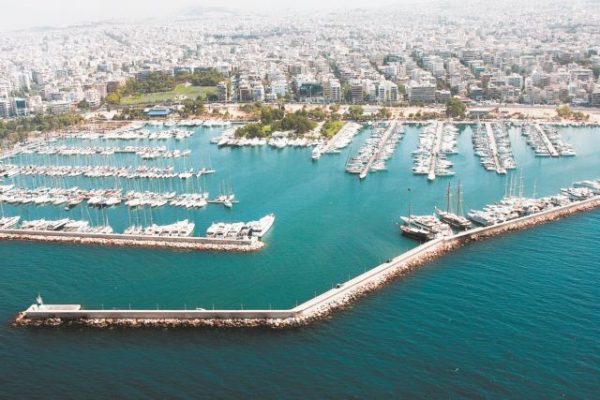
What will Greece gain from the reform – 3 Scenarios
The proposed management strategy plan for the improvement of the structure, management, and operation of the country’s tourist ports is able to form an adequate network of tourist ports with improved performance, which will be attractive to both the user and potential investors. Under these conditions, additional economic benefits are expected to be generated locally and nationally.
The study formulates alternative scenarios based on the implementation of the proposed strategic management plan and the new berths that could be created, taking into account the existing network of located tourist ports. Using data from recent economic impact studies of the market of tourist ports and yachts, the study proceeds to assess the impact of each scenario in both financial terms and terms of employment.
Scenario 1 – (Pessimistic scenario): Refers to the case where the proposed strategic plan for the management of tourist ports is not implemented and the comprehensive initiative to increase the number of tourist boat berths that is missing. In this case, no substantial change is expected in the extent of the sector’s contribution to the national economy and employment.
Scenario 2 – (Optimistic scenario): This is the case where the proposed strategic management plan is implemented in part and not in its entirety. Nevertheless, it creates the conditions for the construction of 15% of the total of the already located mooring positions in the period 2022-2031. It is estimated that in this scenario and for the whole decade 2022-2031 will create a positive cumulative financial impact of € 1,579 million. From the year 2031 onwards the optimistic scenario will create a total annual financial impact (direct and indirect) € 332.9 million while it will maintain about 4,652 direct jobs.
Scenario 3 – (Best Scenario): The proposed strategic management plan is implemented for the most part, creating conditions for restarting the industry, increasing its competitiveness and attracting private capital. A total of 30% of the existing site and non-constructed mooring sites are constructed and operated. In the total period under review (2022-2031) the 5,164 new berths will create a cumulative financial contribution of € 2,862 million. From 2031 onwards, the new berths will contribute financially (direct and indirect impact) with € 602.7 million while they will maintain 8,422 jobs on an annual basis.
Latest News

DM Dendias: We talk With Turkey But We Always Bring Up Their Unacceptable Positions
Second and last day of closely watched conference, entitled 'Metapolitefsi 1974-2024: 50 Years of Greek Foreign Policy', also included appearances by PM Mitsotakis, Ex-PM Tsipras and PASOK leader Nikos Androulakis, among others
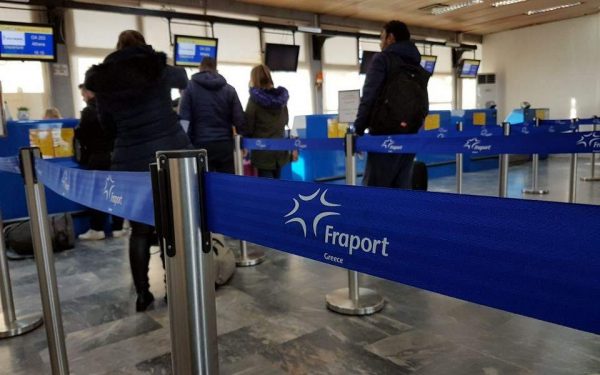
Rhodes Airport Tops Fraport Greece’s Regional Airports in 2024 Performance
According to Fraport's data, more than 35 million passengers (specifically 35.2 million) were handled by Fraport-managed airports during the 11 months.
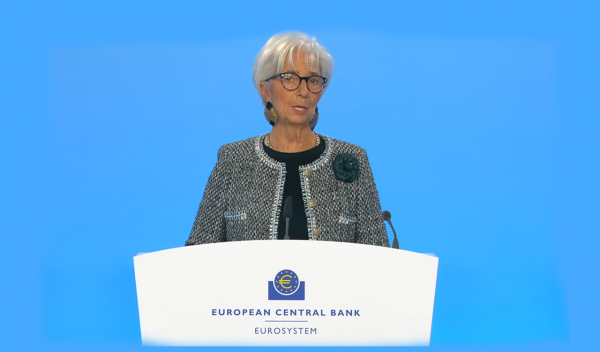
European Central Bank Cuts Interest Rates by 25 Basis Points
It is the fourth cut of interest rates by Europe’s central bank, a move expected by the markets and financial analysts leading to the rate settling at 3%.

Airbnb: New Measures Add €600 in Extra Costs for Property Owners
Property managers face an immediate administrative fine of 5,000 euros if access to the inspected property is denied or any of the specified requirements are not met.

Economist: Greece Included in the Best Performing Economies in 2024
Meanwhile, Northern European countries disappoint, with sluggish performances from the United Kingdom and Germany.

EasyJet Expands Its Routes from Athens
The airline’s two new routes will be to London Luton and Alicante and they will commence in summer 2025.

Capital Link Forum Highlights Greece’s Economic Resurgence; Honors BoG Gov Stournaras
Capital Link Hellenic Leadership Award recipient, Bank of Greece Gov. Yannis Stournaras, an ex-FinMin, was lauded for his pivotal role during Greece’s economic recovery

Tourist Spending in Greece Up by 14%, Visa Card Analysis Shows
Greece’s capital Athens emerged as the most popular destination, recording a 17% increase in transactions with Visa cards, surpassing even the cosmopolitan island of Mykonos.

Inflation in Greece Unchanged at 2.4% in Nov. 2024
The general consumer price index (CPI) posted a 0.4% decrease in November compared to the previous month

2024 Christmas Holidays: Extended Shop Hours Schedule
The 2024 Christmas Holidays extended shop hours schedule commences on Thursday, December 12 and runs until the end of the year.

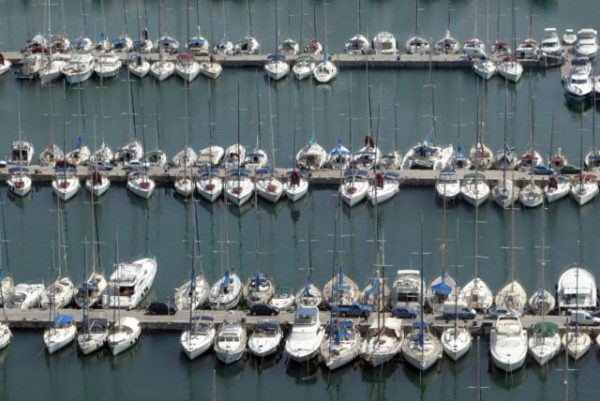
![Φυσικό αέριο: Δυναμικό come back του LNG στην Ελλάδα [γραφήματα]](https://www.ot.gr/wp-content/uploads/2023/01/OT_naturalgas-90x90.jpeg)












![Fraport: Πάνω από 35 εκατ. επιβάτες στα αεροδρόμια το 11μηνο – Πτώση στη Μύκονο [πίνακας]](https://www.ot.gr/wp-content/uploads/2022/06/fraport-90x90.jpg)


















![Φυσικό αέριο: Δυναμικό come back του LNG στην Ελλάδα [γραφήματα]](https://www.ot.gr/wp-content/uploads/2023/01/OT_naturalgas-600x474.jpeg)

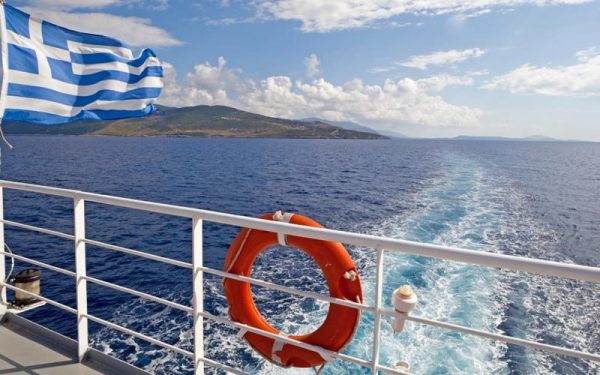


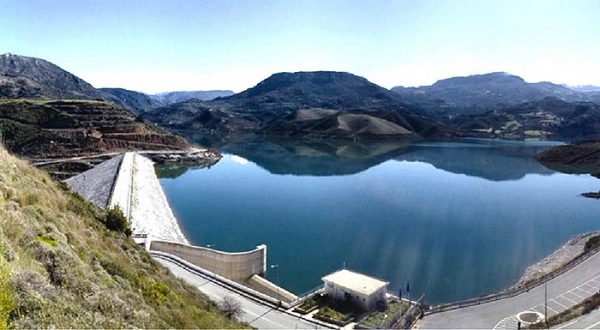
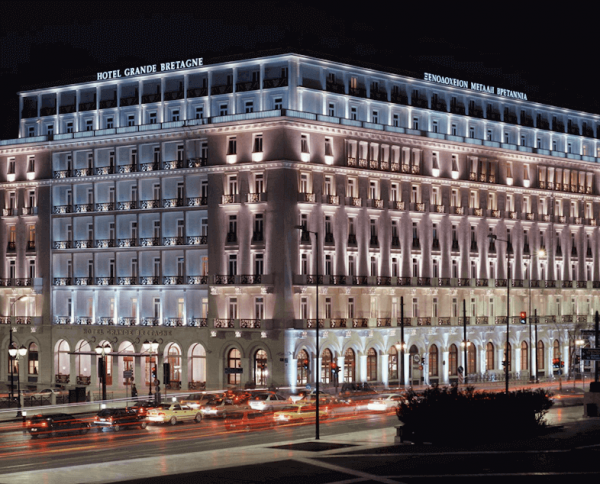


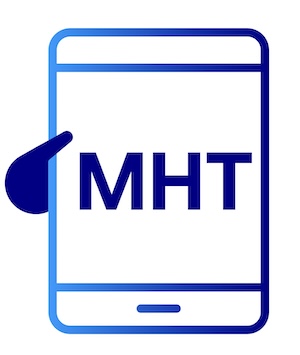 Αριθμός Πιστοποίησης Μ.Η.Τ.232433
Αριθμός Πιστοποίησης Μ.Η.Τ.232433